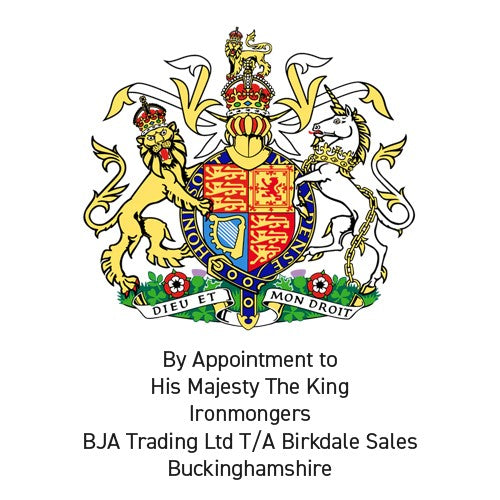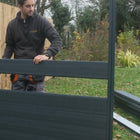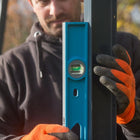Which Side Of The Fence Is Mine? Drawing The Line On Boundaries

Perhaps you’ve noticed some damage or dead wood on one side of your fence, or maybe it’s suffered against strong winds and blown down overnight. Either way, you’ll want to get it sorted as soon as possible to ensure your property stays protected.
But is it your responsibility to arrange and pay for the maintenance? Or does the fence fall on your neighbour’s head? (Not literally – that would hurt).
Garden fence responsibility can often be a subject of dispute between neighbours, especially when it comes to knowing where you stand legally. Our first piece of advice would be to talk over any issues with your neighbour calmly, and resolve it between you. However, if they don’t seem interested, it’s always good to know who is legally responsible.
In this article, we explore ways to determine which side of the fence is yours to help resolve any issues that may rise with your neighbour.

Get an idea of ownership by looking
There is no general rule about whether you own the fence on the left-hand or right-hand side of your property. So forget any ‘rules’ you’ve heard previously that state otherwise – not everyone will own the left-hand side of their fence.
The first way to help determine which side of the fence you’re responsible for is simply by looking. Now, although this isn’t guaranteed, or by any means an official way to define your boundaries, it can certainly help give you a good idea. Here’s how.
Walls and fences are most likely to have been built on the land that belongs on the boundary’s owner with the further edge of the wall making the actual boundary.
Because of this, you can often guess who owns a fence by looking at where the frames are. The installers should have put the fence up facing away from their property so that their neighbour gets the ‘good’ side. This in practice should be repeated with each neighbour so that everyone receives one ‘good’ and one ‘bad’ side.
As mentioned though, this shouldn’t be taken as a definite. You can’t assume this was done by each neighbour. So, how can you find an official answer to this burning question?
Determine ownership with title deeds
For an official and accurate answer, dig out the title deeds for your house. A copy can be found amongst your paperwork received when buying your house, or if lost, ask the solicitor who did your conveyancing. If the information isn’t listed on the plans, you’ll need to check with the Land Registry.
When looking at the plans, ownership is indicated with a “T” which will mark one side of the boundary.
If you can see a “H” (which is actually two Ts joined together) the boundary is shared by both parties.
In this case, you have a party fence, so will have to speak with your neighbour about how you want to deal with maintenance. Perhaps you decide to take it in turns, or split the costs 50/50.
If you would prefer complete ownership, there is a process you can undertake to buy out your neighbour. Although you must go through a proper, legally recorded sale procedure to make this official.
Fencing from the experts
We hope this concludes your question about fencing responsibilities and helps prevent/resolve any disputes with your neighbour. If you’re still unsure on what to do, the Land Registry has lost of useful information on this topic. If no luck, your local council planning department should be your next source of help, and legal advice from solicitors if all else fails.
For any more advice on fencing, feel free to contact our expert team at Birkdale today, we’d love to help.
Blog posts
View AllFind out more about why thousands of people choose DuraPost® for their fencing system every year








